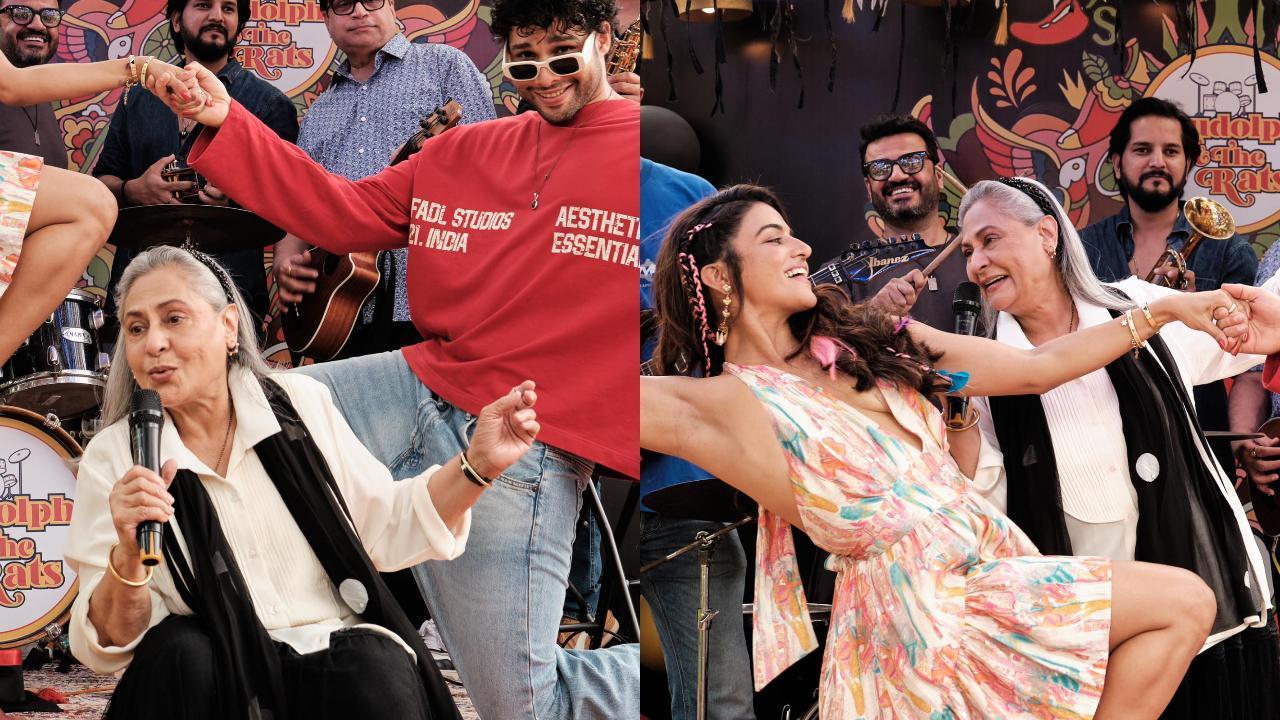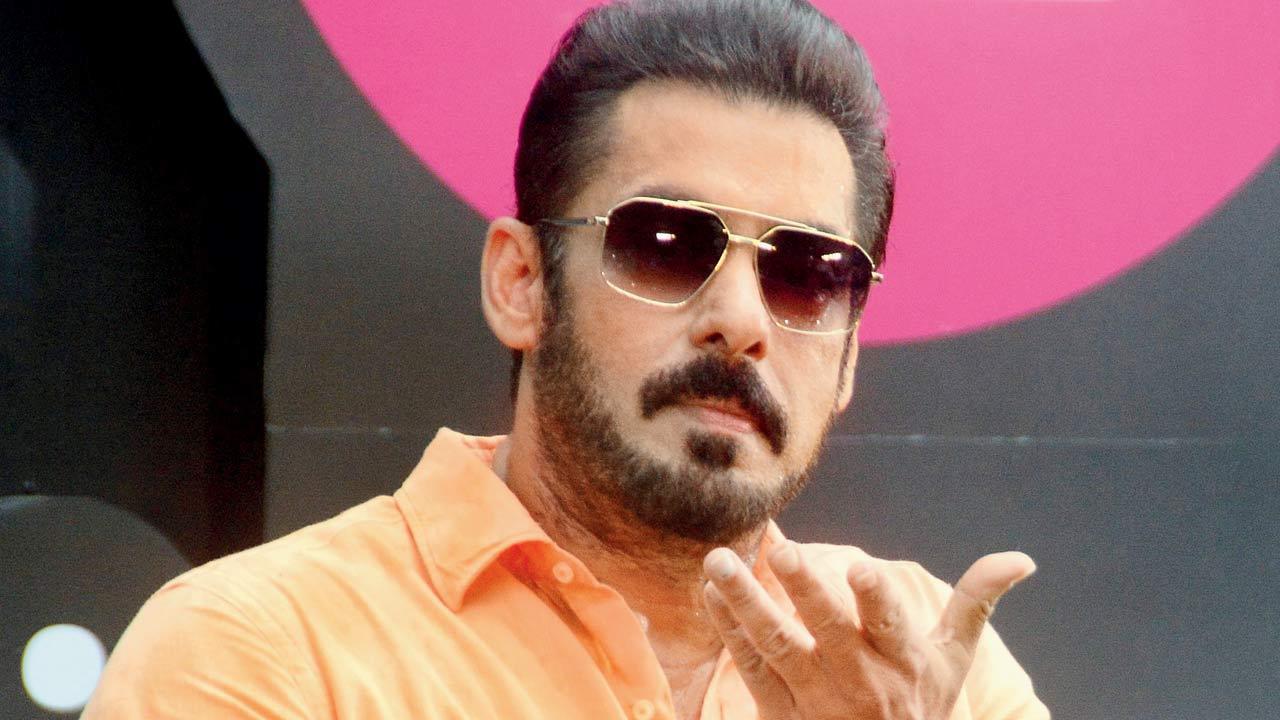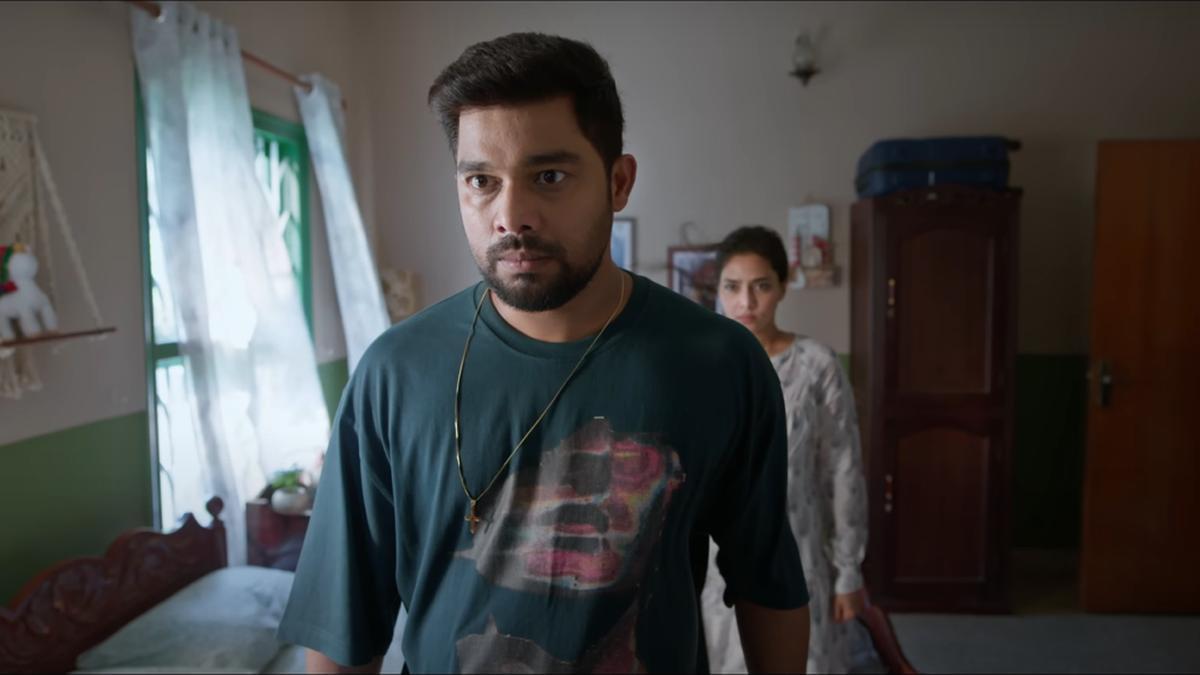
Every May, the world’s cinephiles turn their eyes to the French Riviera, where the Cannes Film Festival unspools its red carpet for a parade of filmmakers, stars, and industry insiders. Over the past week, a certain ritual seems to have captured the essence of nearly every headline tied to the storied event once again: the standing ovation.
The significance of a standing ovation at Cannes goes beyond the immediate reaction to a film. It has become a cultural barometer, a signal to the world about the film’s impact, and an unofficial competition for the longest, loudest tribute. In 2024, this long-standing (pun intended) tradition continues to provoke fascination and debate, with each film’s reception measured in minutes of applause, much like a sport. But what does it really mean? Is it a genuine measure of a film’s merit, or just a reflection of festival dynamics and the art of the schmooze?
The origins of this practice are murky, but the phenomenon gained notoriety in the early 2000s with moments like the 22-minute ovation for Guillermo del Toro’s Pan’s Labyrinth in 2006 and the 20 minutes for Michael Moore’s Fahrenheit 9/11 in 2004. These marathon clapping sessions became the stuff of festival lore, influencing the films’ trajectories far beyond the Croisette.
Demi Moore and Coralie Fargeat attend the ‘The Substance’ Photocall which received an 11-minute standing ovation at the 77th annual Cannes Film Festival.
Examining the ovation records for recent Palme d’Or winners reveals an intriguing, if somewhat unpredictable, metric of audience enthusiasm. Justine Triet’s Anatomy of a Fall (2023) was met with a respectable seven-minute standing ovation. Ruben Östlund’s Triangle of Sadness (2022) fared slightly better, eliciting eight minutes of applause. Julia Ducournau’s audacious Titane (2021) pushed the ovation clock to a full ten minutes, and Bong Joon-ho’s masterful Parasite (2019) received a more restrained five-minute ovation.
Fast forward to the present, and the tradition doesn’t seem to have evolved. Cannes audiences have become just as adept at timing their applause as they are at identifying auteur cinema. The standing ovation has morphed into a rite of passage, embedded in the festival’s DNA. Critics argue that the length of an ovation is about as reliable as a weather forecast in Cannes, and it wouldn’t be too cheeky to suspect that the thunderous applause echoing through the Palais des Festivals stems from a collective dread of being left out of the zeitgeist. Yet, the ovation does provide a visceral, immediate gauge of the audience’s collective mood.
Timing an ovation is more art than science. Different outlets use various methods (which explains the different counts): some start the clock when the credits roll, others wait until the house lights come up. Some even time the ovation from the moment attendees rise to their feet, stopping when the applause subsides or the filmmaker begins to speak. Discrepancies are inevitable, yet the pursuit of precision continues.
But beyond the timing, the composition of the audience influences the ovation. Cannes premieres are attended by a mix of critics, industry insiders, high-profile guests, and most recently, a horde of frustratingly aloof social media influencers.
. But more often than not, their applause may be more about celebrating the event or the celebrities in the room rather than the film’s artistic merit, with big names and legendary directors often enjoying longer ovations.
Director Francis Ford Coppola, cast members Nathalie Emmanuel and Aubrey Plaza pose during a photocall for the film ‘Megalopolis’ which received a seven-minute standing ovation at the 77th Cannes Film Festival.
Last year, Martin Scorsese’s Killers of the Flower Moon set a high bar with its nine-minute standing ovation. Considering the film’s hefty runtime of 206 minutes, this applause was as much about endurance as it was about appreciation. Similarly, Francis Ford Coppola’s much-talked-about Megalopolis, in competition this year, garnered a seven-minute ovation, which felt more like a tribute to the octogenarian’s veteran status than an ode to his new passion project itself. The Coppola clout even extended to the flamboyance of Nic Cage, who ended up leading the audience in a chant at the midnight screening of The Surfer and prolonging the ovation.
Though the veracity of the standing ovation as a tool to gauge a film’s merit should probably be taken with a grain of salt, it does have promising marketing value. The length of the applause can become a powerful promotional tool, signaling to potential viewers and distributors that the film made a resounding impact.
However, historical data shows mixed results. Films like 2011’s The Beaver and 2012’s The Paperboy received lengthy ovations but failed critically and commercially. Conversely, record-holder del Toro’s Pan’s Labyrinth, clocking in at a whopping 22 minutes, currently boasts a 95% Tomatometer score and a substantial worldwide box office of $83.9 million over a $19 million budget. Similarly, the standing ‘O’ Hall of Fame runner-up, Fahrenheit 9/11, received a tremendous 20 minutes with an 82% Tomatometer rating and an even more remarkable global box office, reaching $222.4 million against a modest $6 million budget.
In all, the standing ovation is a most curious phenomenon. Whether it boosts a film’s chances to bag the top prize at Cannes, strengthens its awards season run, or amplifies its box-office gains, the tradition endures, perhaps because it encapsulates the festival’s spirit — a blend of art, spectacle, and the hive-minded fear of missing out that threatens each member of the audience.
Here’s a comprehensive list of every single film that has received a standing ovation at Cannes 2024 thus far, ranked in order of their standing ‘O’ duration:
The Count of Monte-Cristo (OUT OF COMPETITION) – 11.5 Minutes
The Substance (IN COMPETITION) – 11 Minutes
Emilia Pérez (IN COMPETITION) – 10 Minutes
Anora (IN COMPETITION) – 10 Minutes
Horizon: An American Saga (OUT OF COMPETITION) – 10 Minutes
Veteran 2 (I, The Executioner) (OUT OF COMPETITION) – 10 Minutes
Parthenope (IN COMPETITION) – 9.5 Minutes
Marcello Mio (IN COMPETITION) – 8.5 Minutes
Bird (IN COMPETITION) – 8 Minutes
The Apprentice (IN COMPETITION) – 8 Minutes
Megalopolis (IN COMPETITION) – 7 Minutes
Furiosa: A Mad Max Saga (OUT OF COMPETITION) – 7 Minutes
The Surfer (OUT OF COMPETITION) – 6 Minutes
The Girl With The Needle (IN COMPETITION) – 6 Minutes
Kinds of Kindness (IN COMPETITION) – 5 Minutes
Rumours (OUT OF COMPETITION) – 5 Minutes
Oh, Canada (IN COMPETITION) – 4 Minutes
The Shrouds (IN COMPETITION) – 3.5 Minutes
The Second Act (OUT OF COMPETITION) – 3.5 Minutes
This list will be updated live as new films screen at Cannes 2024.










